Free Shipping & Returns on Orders $75+
The Halfdayer
Your on-mountain guide, curated by Halfdays
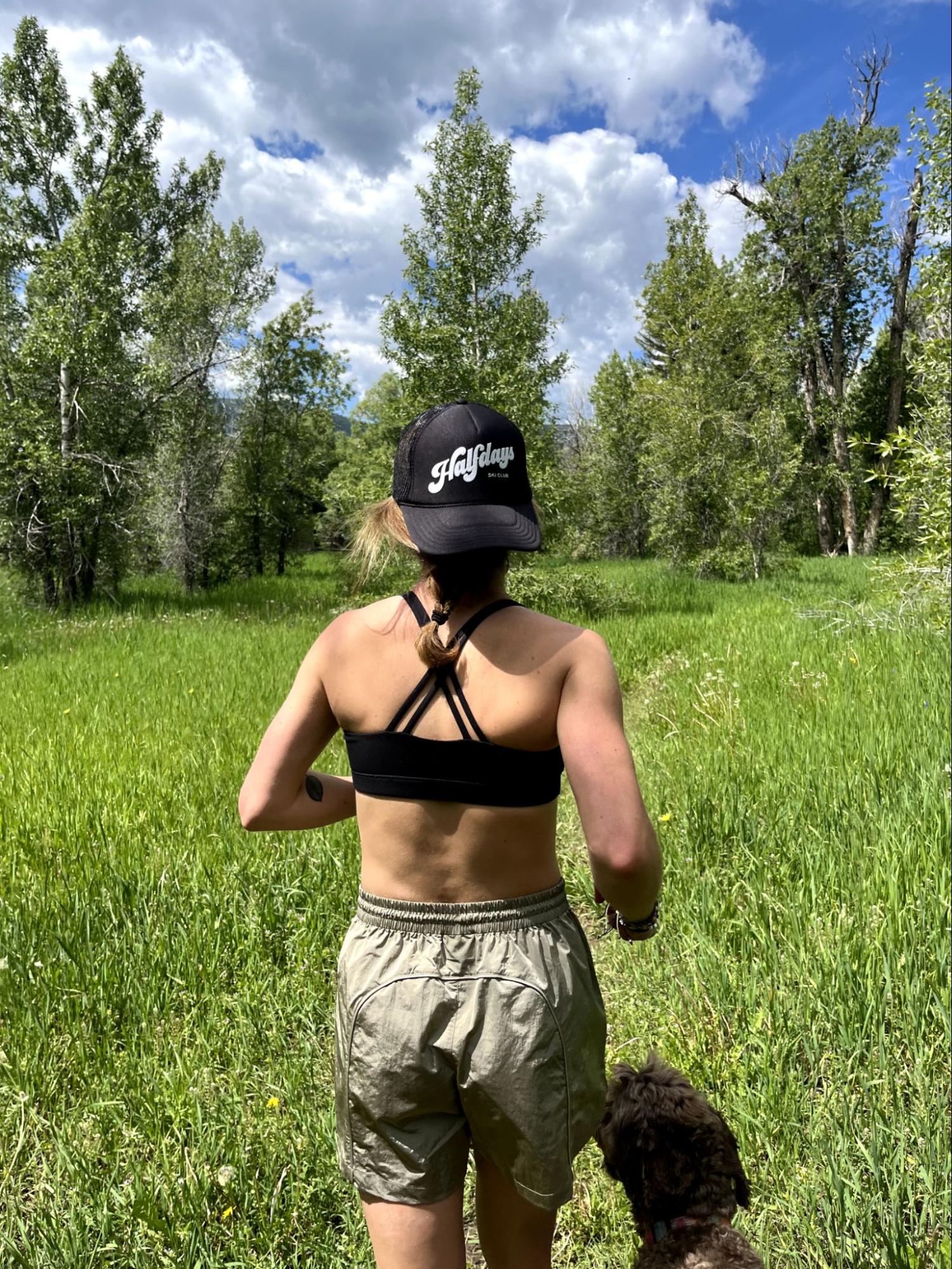
Halfdays Guide to Trail Running
An interview with Halfdayer & collegiate track athlete Ali
You want to stay in shape for ski season, but the gym is packed, you’re sick of jogging the same neighborhood sidewalks, and nothing sounds worse than the monotony of a stationary bike. Yup, we’ve been there. We have a suggestion: if you like hiking, ‘tis the season to crank it up a notch.
We know what you’re thinking- trail running?! Is it not hard enough to run on flat land? Hear us out… We sat down for an interview at Denver’s Cooldown Run Club with Ali, a former collegiate track athlete, avid skier, and lover of trail running. She gave us the rundown (pun intended) on your new favorite cardio.
Q&A
Q: Ok, start with the basics… What's the difference!? How does trail running compare with regular road running?
Ali: The major difference between trail running and road running is the drastic differences in every moment out on the trails. There are portions of some of my runs where I’m quite literally walking up steep single track inclines, or totally sprinting along wide open downhills. The beauty of trail running is that it keeps you interested and focused. You never know what’s around the next corner!
Q: Is trail running for everyone?
Ali:Trails can be tough, but they really are for everyone. There’s no pressure to be holding a certain pace- take it slow at first! No matter your speed, you’re getting a kick-ass workout and accomplishing something pretty impressive. Even though you cover less ground than you do on the roads, they can really leave your calves and quads feeling wiped out! I loved the blog you did with Kiley about ski recovery… her tips definitely apply to trail running too. Eating right and taking care of your body after all this activity is of big-time importance.
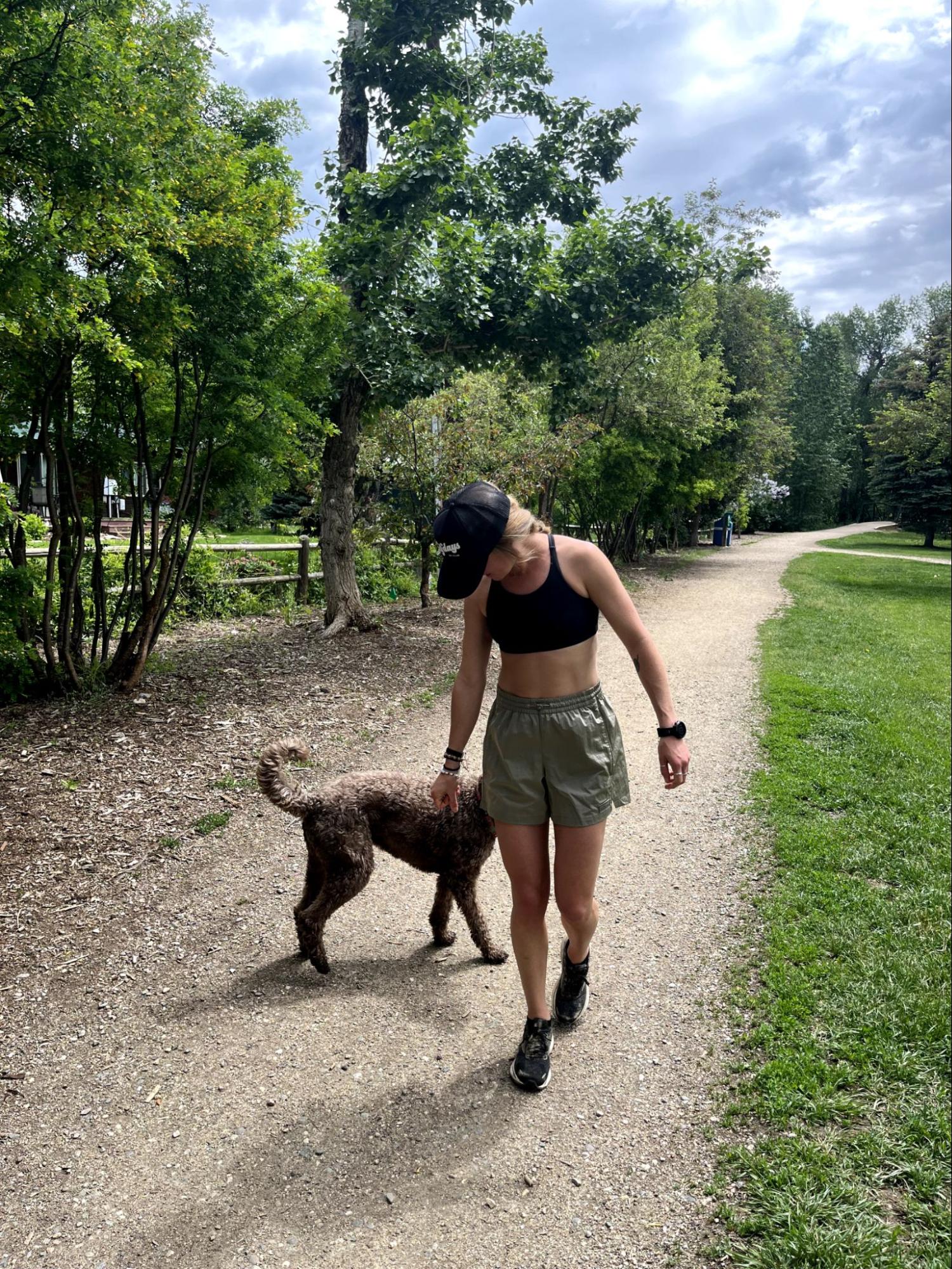
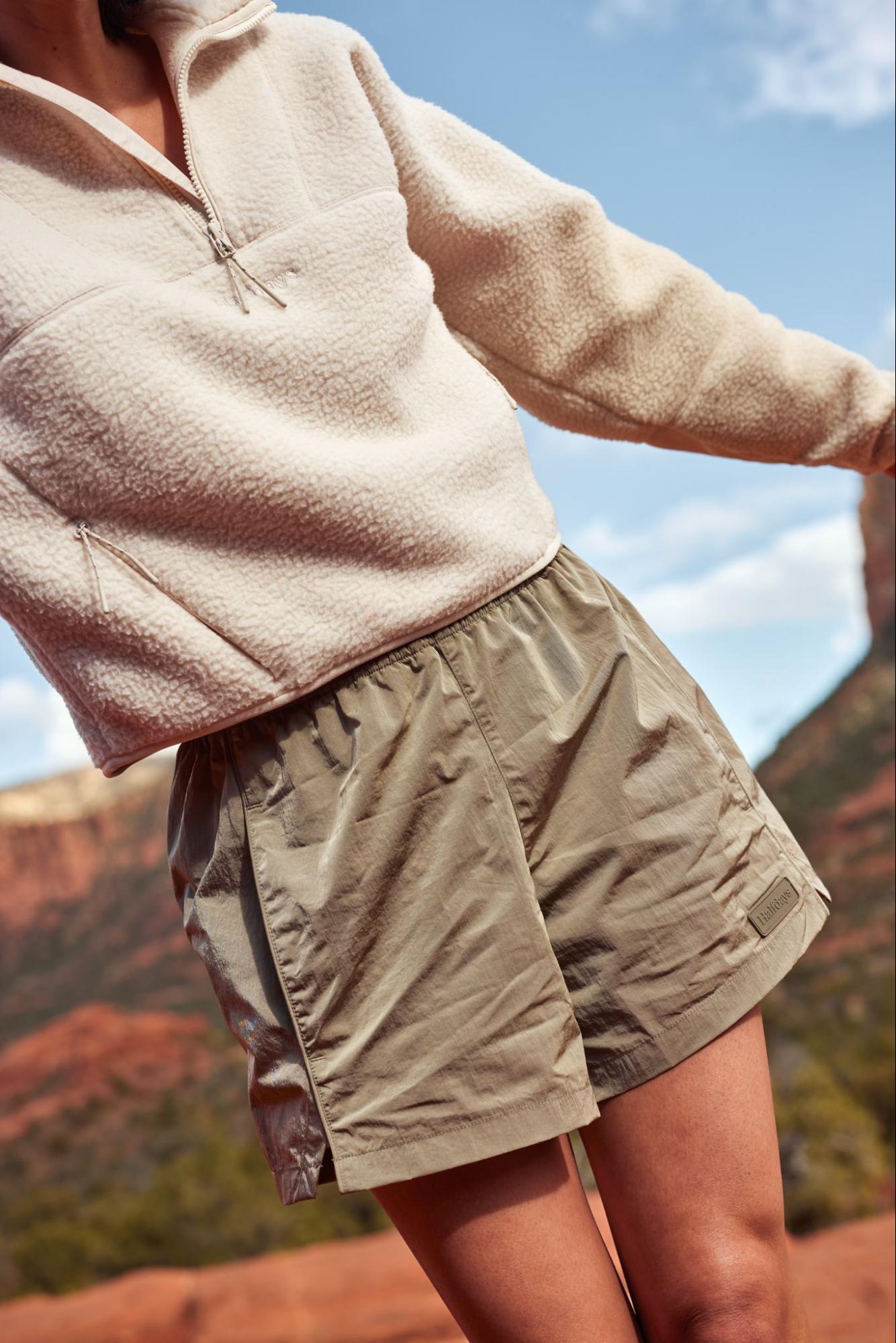
Q: Do you have any pre- and post-run food recommendations?
Ali: When you’re running for longer periods of time and changing pace constantly, your body needs a source of energy to pull from quickly.That’s why it’s important to get a little something in your stomach before running. For me, it’s a bowl of cereal or granola with some almond butter, or toast with peanut butter. I’ve found that overtime my body has adjusted to the amount of food it can handle pre-run, but some of my friends struggle to stomach bigger portions before running. If you're in the same boat, try something easily digestible like a banana or granola bar. You can even experiment with mid-run fueling with energy gels made for endurance activities. Everyone loves a snack break.
What you eat afterwards is even more important- replenishment is the key to recovery. It doesn’t need to be complicated, but it should have a good mix of all the macronutrients- fat, carbs, and protein. I’d say my usual cravings are pancakes and eggs, breakfast burritos, or protein smoothies with granola.
Q: For those of us without much trail running experience, what’s your best tip for handling terrain that’s so much different from a treadmill or paved path?
Ali: I’d say it’s a lot like skiing trees- keep your head up so you can always plan your next move, and don’t shy away from the fun of the obstacles. When you’re taking on more technical trails, you’re bound to trip yourself up a little bit, so don’t be discouraged if it doesn’t feel all that graceful at first. Shoes with good grip are super helpful.
Q: Can you expand on the gear requirements a little bit? What’s the best thing to wear?
Ali: The coolest thing about getting into running is that it has such a low entry cost. For shoes, I sometimes just run in my regular street running shoes, which is totally fine for beginners!
For people who get into more advanced stuff or run mostly on dirt, true trail shoes are really valuable. They usually have more stability and extra traction for mud and rocks. Almost all typical running shoe brands offer some sort of trail shoe, and other brands specialize a little more heavily like Merrell, Salomon, and Altra. As for clothes, I can’t tell you guys how much I’ve loved your spring line. I got the nylon shorts and windbreaker and they are PERFECT for breezy spring days and early summer morning runs. It’s tough to find the perfect not-too-hot-but-not-too-cold running clothes and Halfdays totally nailed it.
Q: Who do you train with?
Ali: One of my college running teammates co-founded Cooldown on the premise that running is for everyone. The club has absolutely exploded, and now it’s bringing in hundreds of people in Denver, Austin, and New York. They’re in the process of launching more branches all over the country as we speak. I go for the community feel. It’s super similar to Halfdays when it comes to being an extensive, active, all inclusive community.
Cooldown is more of a social club than a running club- sometimes I just go to grab beers and make new friends, sometimes I’m there to run fast, and sometimes I join the walking squad. No matter what I’m feeling, someone else is next to me. It’s given me a whole network of people to invite up to the mountains for a trail run or ski day. I would 100% encourage Halfdayers to enjoy some warm weather activity with us or to find a social run club in their area to make staying in shape super fun.
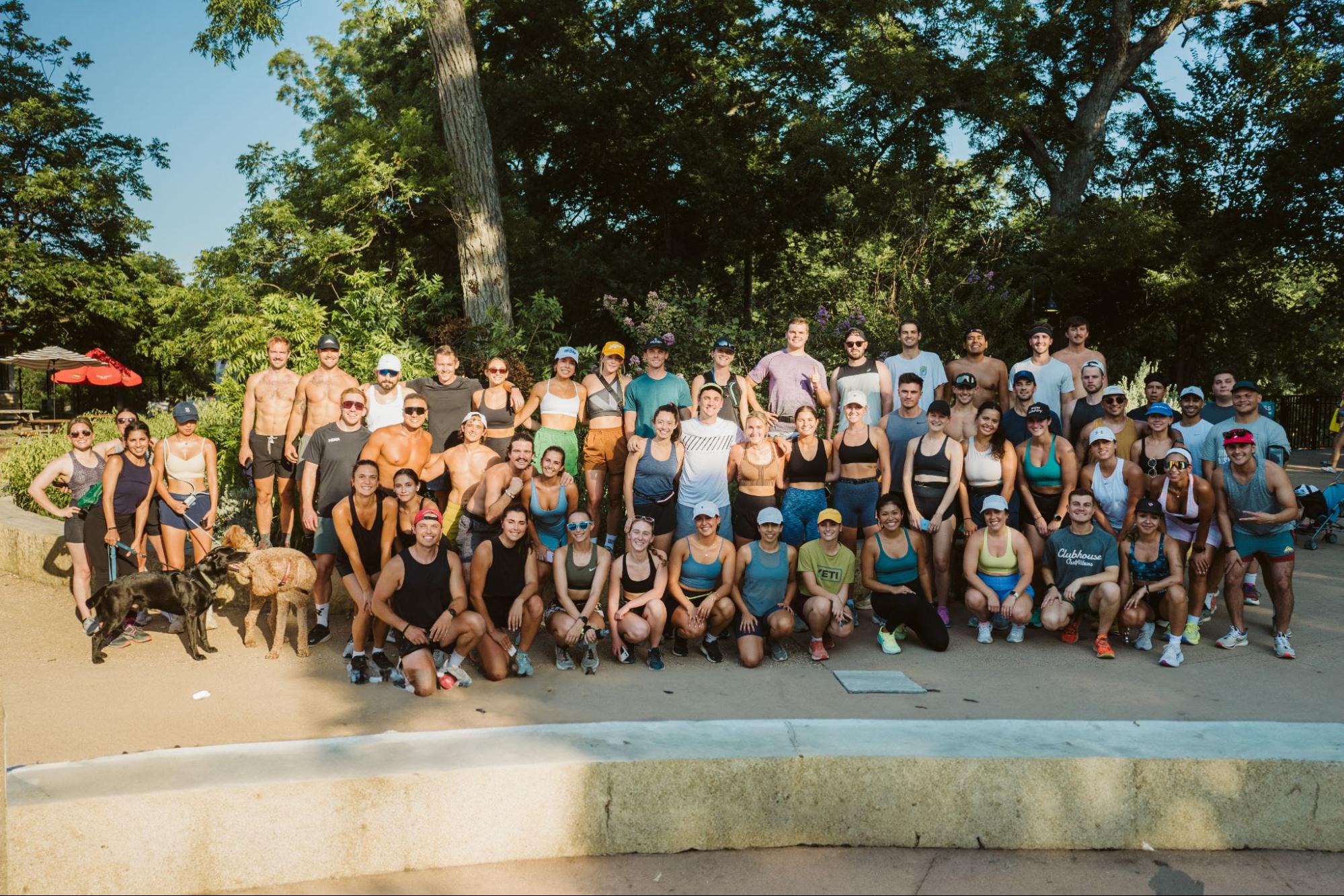
Halfdays Helpful Hints
Cooldown Running in Denver, Austin, New York City, and coming soon to more areas: https://www.instagram.com/cooldownrunning/
The perfect trail running fits: https://www.halfdays.com/collections/spring-capsule
How to stay sparkly while you sweat: https://community.halfdays.com/halfdayer/guide-to-skin-care-for-the-slopes/
If you’re still unconvinced that running can be fun: https://community.halfdays.com/halfdayer/guide-to-hiking-gear

Bailey Ness
Bailey Ness is the CEO and Creative Director at Nesscessity, a creative marketing agency based in Denver, Co. When she isn't busy running her business (#bossbabe), she loves to ski, run & brunch.
@baileynesssThe Halfdays Guide to:
© Copyright Halfdays Apparel Corp 2024

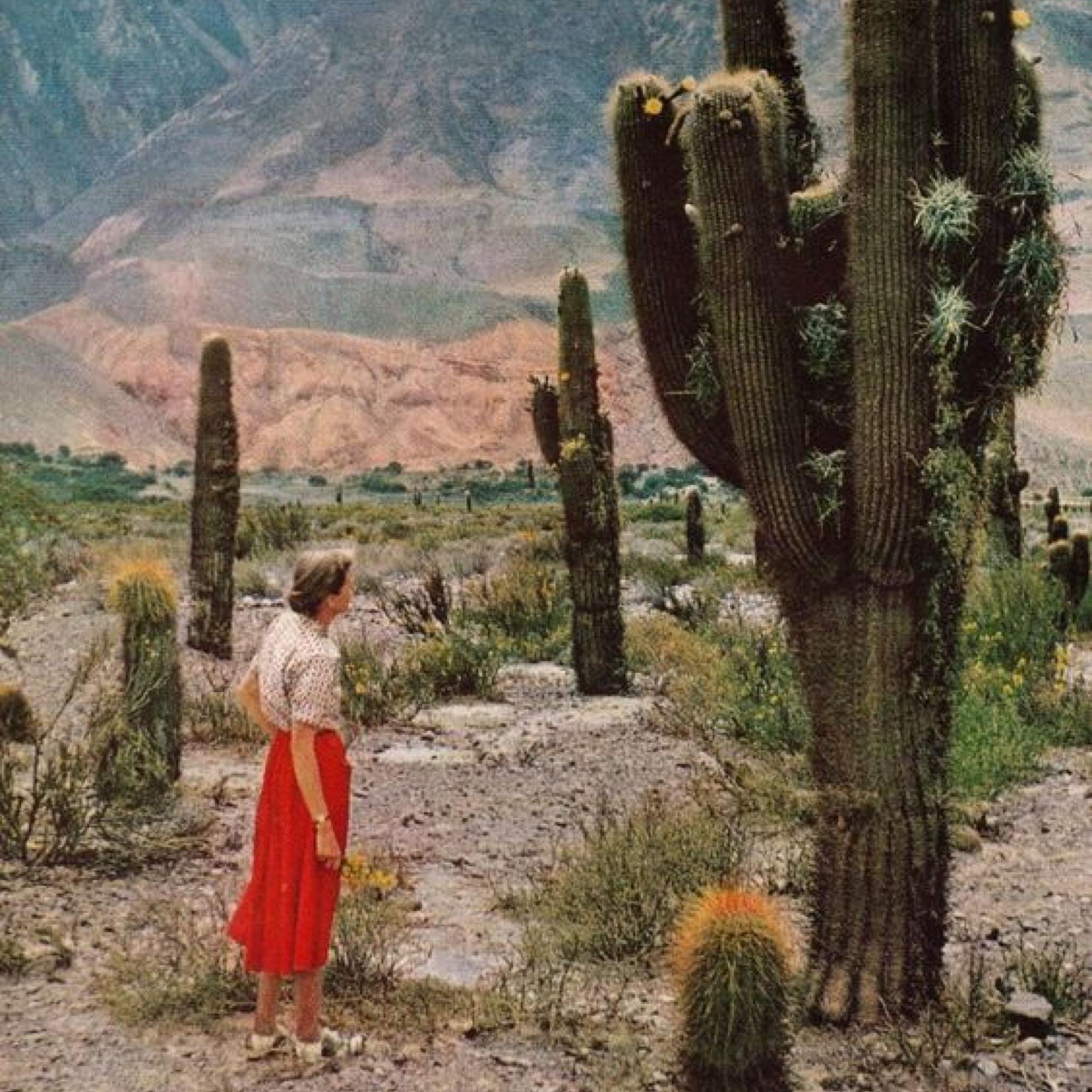
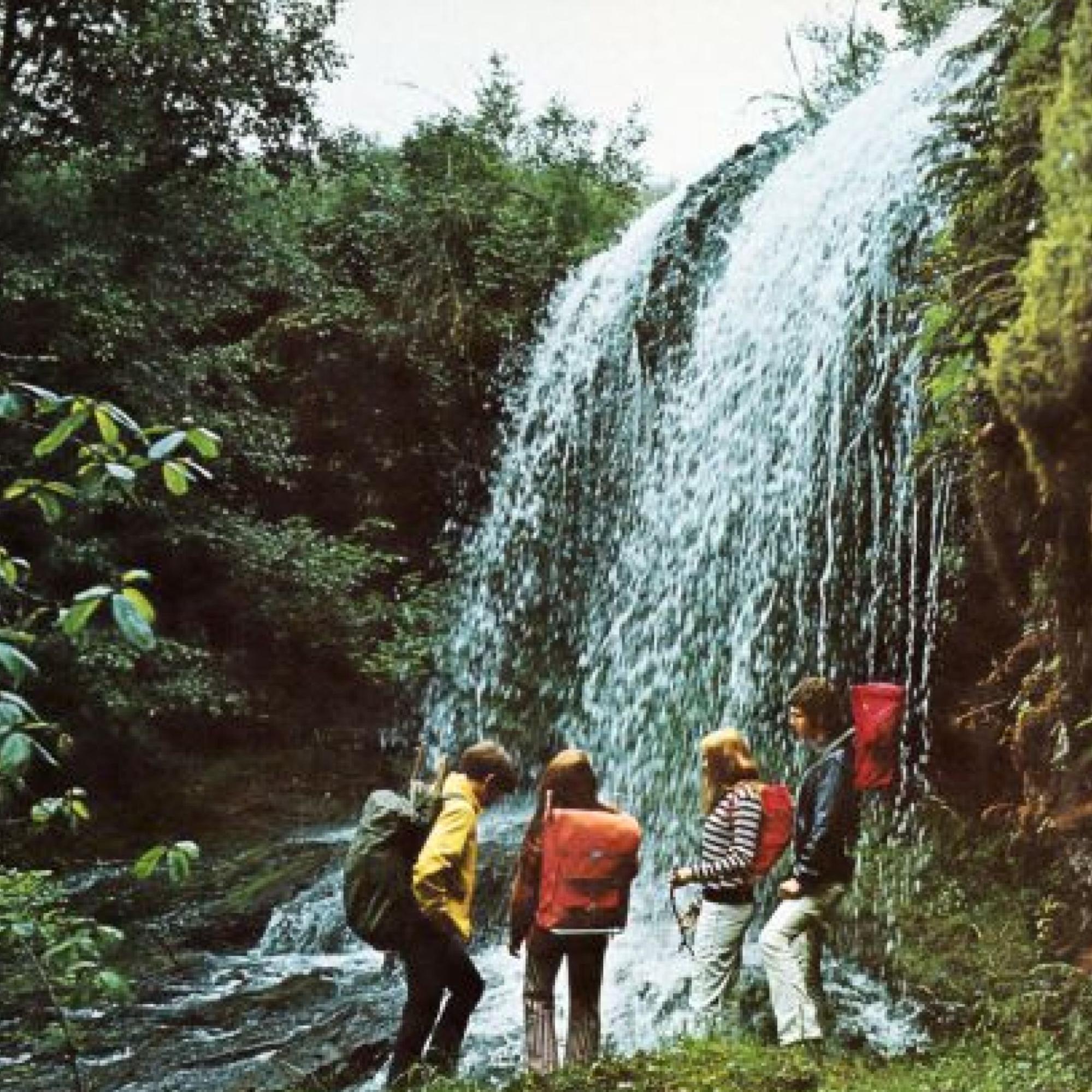
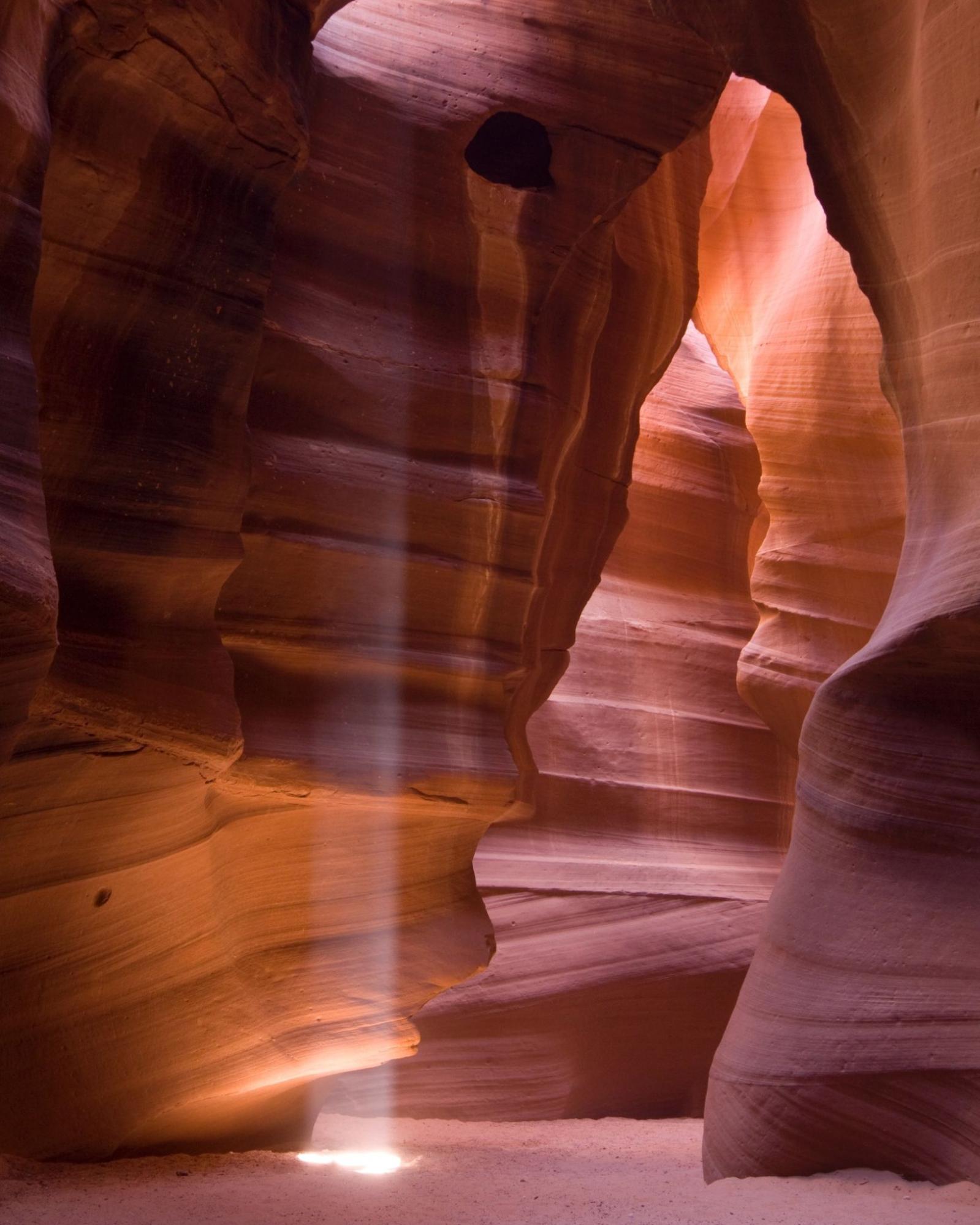
.svg)